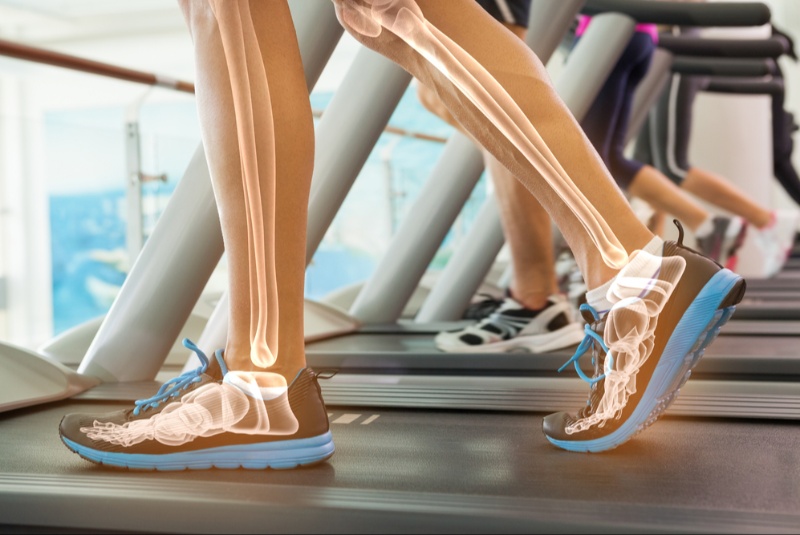As we navigate through the various stages of life, our bones serve as the architectural framework that supports our bodies and facilitates movement. From birth, this skeletal framework undergoes constant changes, growing stronger until we reach peak bone mass around the age of 30. However, aging brings about inevitable changes that compromise bone density and strength, making bone health a significant concern for those in their later years.
The Underestimated Toll of Aging on Bones
Aging often conjures images of wrinkled skin, graying hair, and fading vision, yet the effects on our bones often go unnoticed until a fracture occurs. Bones lose calcium and other minerals with age, becoming less dense and more porous. This leads to conditions like osteopenia and osteoporosis, which drastically increase the risk of fractures, limiting mobility and independence.
Osteoporosis: The Silent Threat
Osteoporosis is known as a “silent disease” because it often progresses without any visible symptoms until a fracture happens. According to the National Osteoporosis Foundation, nearly 10 million Americans have osteoporosis, and another 44 million have low bone density, placing them at increased risk. The consequences are severe; osteoporotic fractures can result in diminished quality of life, loss of independence, and even increased mortality.
Risk Factors and Gender Disparities
While aging is a primary risk factor, other elements contribute to bone loss, such as hormonal changes, family history, and lifestyle choices. Women, in particular, face a greater risk due to lower peak bone mass and hormonal changes during menopause, which accelerate bone loss. However, this issue is not confined to women; men over the age of 50 are also at risk, although the onset usually occurs later and progresses more slowly.

Prevention and Management
The adage "prevention is better than cure" holds particularly true for bone health. Regular exercise, particularly weight-bearing activities like walking, jogging, and resistance training, plays a crucial role in maintaining bone density. Adequate intake of calcium and vitamin D is vital, either through diet or supplements if necessary. Various medications are available to treat osteoporosis, but lifestyle interventions are often the first line of defense.
Regular screenings are crucial for timely detection and management. A bone density test, commonly known as a DEXA scan, is a simple, non-invasive procedure that can assess bone health. Based on the results, a healthcare provider can offer targeted treatment options.
The Societal and Economic Impact
Bone health is not merely an individual concern but has broader societal implications. With an aging population, the prevalence of osteoporosis and associated fractures is expected to rise, putting increasing strain on healthcare systems. In the U.S. alone, osteoporosis is responsible for more than two million fractures annually, resulting in costs exceeding $19 billion, a number expected to increase by 50% by 2025.
A Comprehensive Approach to Aging
Healthy aging involves a holistic approach that addresses various aspects, from cognitive function and emotional well-being to physical health. Bone health is an integral part of this equation. Simple lifestyle changes, regular check-ups, and appropriate interventions can go a long way in preserving bone health, ensuring a more active, independent, and fulfilling life in later years.
The bones that serve us so well in our youth require attention and care as we age. A proactive approach to bone health can prevent complications, safeguard independence, and significantly improve quality of life. As we continue to live longer, the importance of maintaining strong, healthy bones cannot be overstated. For those in their golden years, it’s time to give the skeletal framework the attention it deserves.




